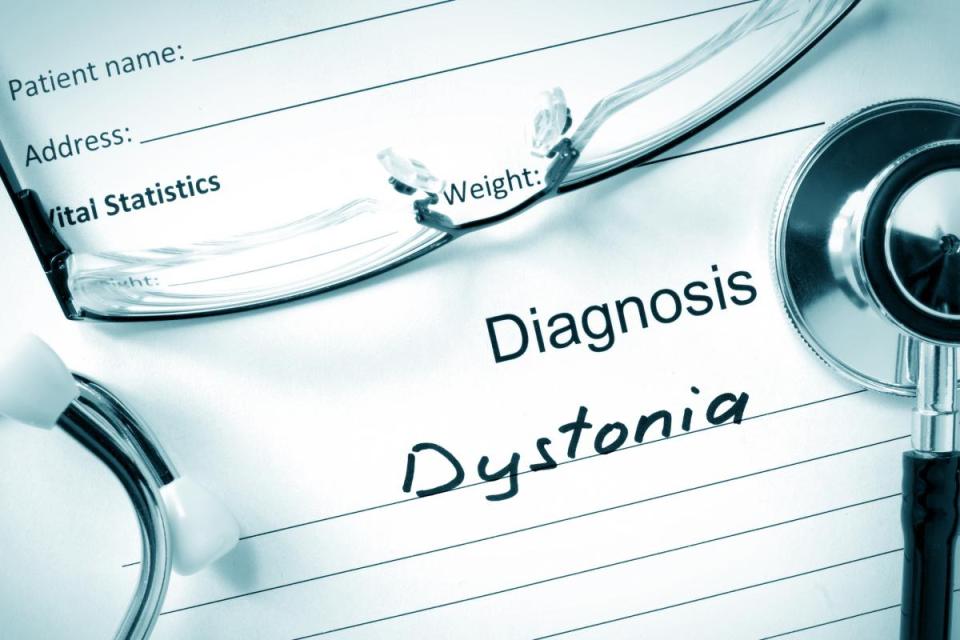Dystonia
Being in severe pain can be worsened by not being able to control your movements. If you have dystonia, you are among approximately half a million persons in the U.S. and Canada with this challenge. In fact, dystonia is the third most common movement disorder, behind Parkinson's disease and essential tremor.
Characterized by sustained muscle contractions, dystonia may lead to repetitive twisting movements and abnormal postures. It can be extremely uncomfortable, as well as a significant challenge to diagnose and treat.
Symptoms
People affected by dystonia typically exhibit sustained twisting movements, which force the body into an abnormal position. These involuntarily movements usually point in one direction, which can be extremely uncomfortable, even painful.
Approximately 40% of our bodies are made of skeletal muscle — the type of muscle that we can see, feel and move voluntarily. These muscles work in "opposing" pairs: When the brain sends a signal to do so, one muscle contracts and the other relaxes.
When dystonia symptoms are present, muscles that are told to relax simply disregard the brain's orders. Muscles look like they're competing with each other.
Dystonia symptoms typically concentrate on one part of the body; this is called "focal dystonia." Cervical dystonia results in twisting movements of the head and neck. Hand dystonia, called "writer's cramp," affects the hand and forearm.
Treatments
HonorHealth's team will talk with you about the best course of treatment. Options may include:
- Deep brain stimulation: This technology involves implanting two wire transmitters into the brain. Wires run under the skin from the scalp to the chest, where an impulse generator — a pacemaker — is implanted. A movement disorders specialist programs the pacemaker — and adjusts it as necessary, without further surgery — so that it sends the proper amount of electrical signals to the source of involuntary contractions in the brain.
- Stereotactic surgery: The exact location of deep brain stimulation can be determined using this technique in which highly detailed maps of the brain are used.
- Oral medications: Many exist to treat dystonia. Generally, these work to block a neurotransmitter (called acetylcholine) that causes affected muscles to contract. HonorHealth's neurologists work with patients to find the right medication for treating their symptoms.
- Injections: When injected directly into a muscle, botulinum toxin, also known as Botox, has proven to relax muscles by blocking acetylcholine.
